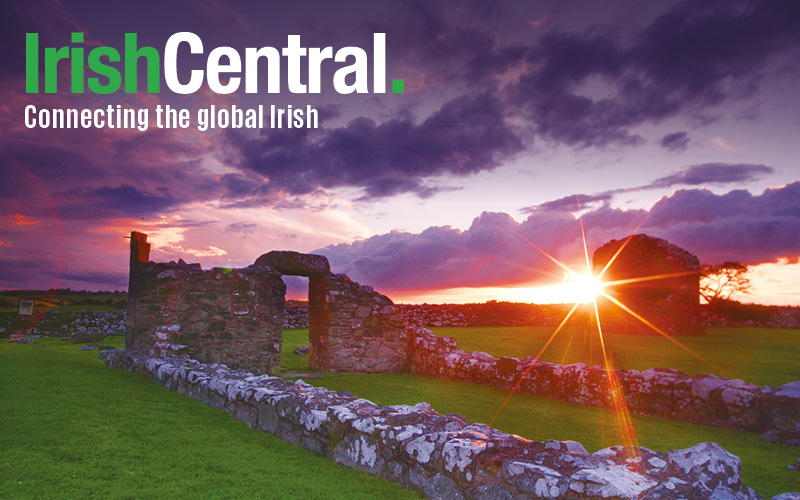The terror of dragons raging over the city, a long lost manuscript and grisly acts in castles. No, this isn’t "Game of Thrones," it’s medieval Dublin – much more exciting because it’s all based on historical fact.
Everything from dragons flying over the city to the return of important 400-year manuscripts to their home place will be discussed in an upcoming symposium in Ireland’s capital city.
This Saturday, the 17th Medieval Dublin Symposium will take over the Robert Emmet Theatre in the Arts Building of Trinity College Dublin (TCD) to offer eight lectures, free and open to the public, on the topics of the archaeology, history and literature of Dublin from the Vikings to the Tudors.
Friends of Medieval Dublin and the Department of History in TCD will host the event, beginning at 9.30 am, to offer the public the opportunity to explore and understand their city.
“The Medieval Dublin Symposium is for the people of Dublin,” says the organizer, Professor of Medieval Irish History Seán Duffy. “It is a series that seeks to make cutting-edge historical and archaeological scholarship accessible to all people interested in researching, teaching or learning about the history of Dublin in the Middle Ages."
How many times have you heard the medieval tale of "Tristem and Isolde" retold? Did you know that there is in fact an Irish connection that portrays Ireland as a sphere where giants, dragons and magic abound?
Dr. Caoimhe Whelan, who recently completed her PhD at the Department of History at Trinity, will focus on the Middle English version of the story, “Sir Tristem,” to present Tristem’s dealing with the Irish.
In her lecture entitled “Giants, dragons and magic: Sir Tristrem’s adventures in medieval Dublin,” Dr Whelan will explain the fascinating alternate version that this text offers to the age-old tale and the strange and unique portrayal of a dragon terrorizing the population of “Delvelin … An haven in Irland” (Dublin).
The main focus of the event, however, will be the keynote address on the recent return of a 14th century manuscript, created in St. Mary’s Abbey in Dublin, to its place of origin. For 400 years, the manuscript has been outside of Ireland, long lost to the public view and void of academic analysis. Dr Bernard Meehan, Keeper Of Manuscripts at Trinity Library, will discuss the acquisition of the manuscript, put to parchment in St Mary’s Abbey, after which Mary’s Street and Abbey Street are now named.
The return of this precious manuscript sees a wealth of new information made available to researchers, as well as copies of the first books ever written about Ireland – the writings of Giraldus Cambrensis. This incredible new body of information will give fantastic new insight into the civic life of Dublin in the 14th and 15th centuries and enable researchers to re-evaluate the history and culture of St Mary’s Abbey.
Among the other talks to be presented throughout the day is one that provide insights into the ongoing archaeological investigations of Lambay Island, the place where St Columcille is believed to have founded a monastery in the 6th century. Gabriel Cooney, Professor of Celtic Archaeology at University College Dublin, will examine the trace evidence surviving on the island today that shows that the monastery was once located there.
There will also be further archaeological discussion on the various sites recently excavated throughout the city, including Baldoyle, that unearthed evidence of human activity from the Viking Age onwards, and a grisly discovery in the gatehouse of Swords Castle where several medieval bodies were found.
For a full outline of the symposium events, you can view the timetable at http://www.tcd.ie/history/assets/pdf/FMD.pdf.
All lectures are completely free and there is no advance booking or reservation required. For more information, contact [email protected].




Comments